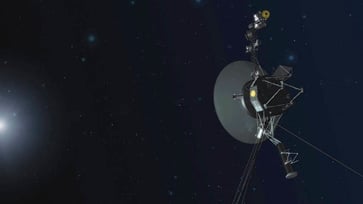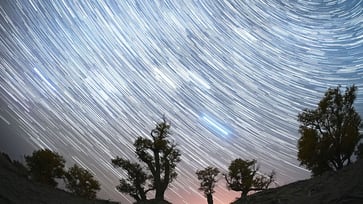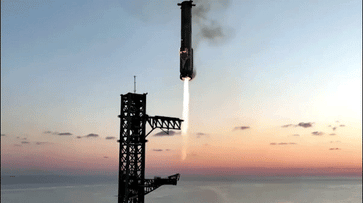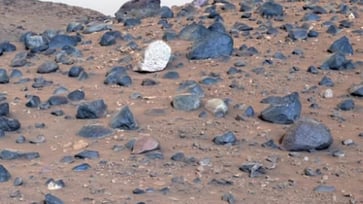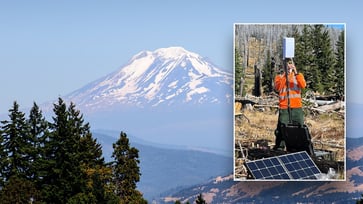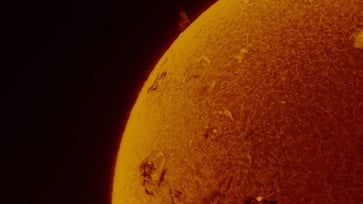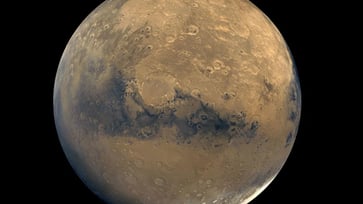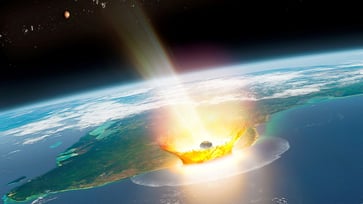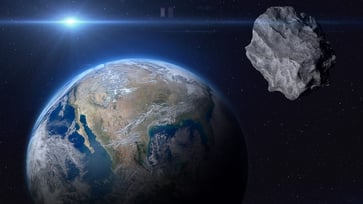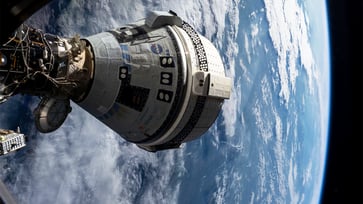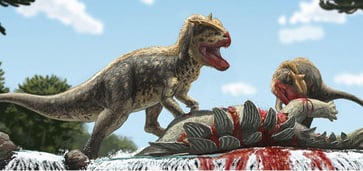NASA explains why you may not witness the upcoming planet parade.
A waning crescent moon, Mars, and Saturn can still be seen in the east by early risers.

- A planetary parade will occur on June 3, with six planets aligning before dawn, but only two will be visible to the naked eye.
- The four planets, Mercury, Jupiter, Uranus, and Neptune, will probably be concealed by the sun or need a telescope to be viewed.
- A waning crescent moon, Mars, and Saturn can still be seen in the east by early risers.
A planetary parade will occur on June 3, with six planets aligning before dawn.
However, the spectacle won’t be as eye-catching as expected.
Only two planets will be visible to the naked eye.
Here’s what to know about this fairly common celestial event.

WHAT IS A PARADE OF PLANETS?
The planets in our solar system orbit the sun at an angle, and occasionally, several of them will line up on the right side of the sun, becoming visible from Earth across a narrow band of sky.
The visibility of a handful of planets in the night sky depends on their alignment and whether or not they are visible without the use of binoculars or a telescope.
WHAT WILL BE VISIBLE DURING THE PLANET PARADE?
Unfortunately, the parade of Mercury, Mars, Jupiter, Saturn, Uranus, and Neptune won't provide much of a view.
A theoretical astrophysicist at NASA's Goddard Space Flight Center, Ronald Gamble, stated that the sun will be photobombing the parade.
The rising sun will obscure Mercury and Jupiter from view, while Uranus and Neptune can only be seen with a telescope, with Uranus possibly being too close to the sun to be visible.
In the early mornings, both Mars and Saturn are visible, with Mars appearing faintly red and Saturn a pale yellow dot. These planets will be visible for much of the summer.
WHAT ELSE CAN I SPOT IN THE SKY THIS SUMMER?
Despite June's planetary parade not being impressive, the night sky still has wonders to see.
Michelle Nichols at Chicago's Adler Planetarium stated that the summer provides excellent weather for stargazing with the help of a star or planet-viewing app.
The Perseid meteor shower is predicted to peak in mid-August, featuring fast-moving flashes of light. Nichols advises watching the shower from a location away from city lights and waiting for your eyes to adjust to the dark for optimal viewing.
science
You might also like
- Lunar modules from the first two moon landings have been captured in stunning detail by Orbiter photos, more than 50 years after the historic missions.
- Discovery of a remarkable mastodon jaw in a New York homeowner's backyard
- NASA resumes communication with Interstellar Voyager 1 after pause.
- In 2055, the asteroid that was once referred to as Earth's "mini moon" will make a return visit.
- A new species of sea slug that resides in the ocean's 'midnight zone' has been discovered with a glowing appearance.
